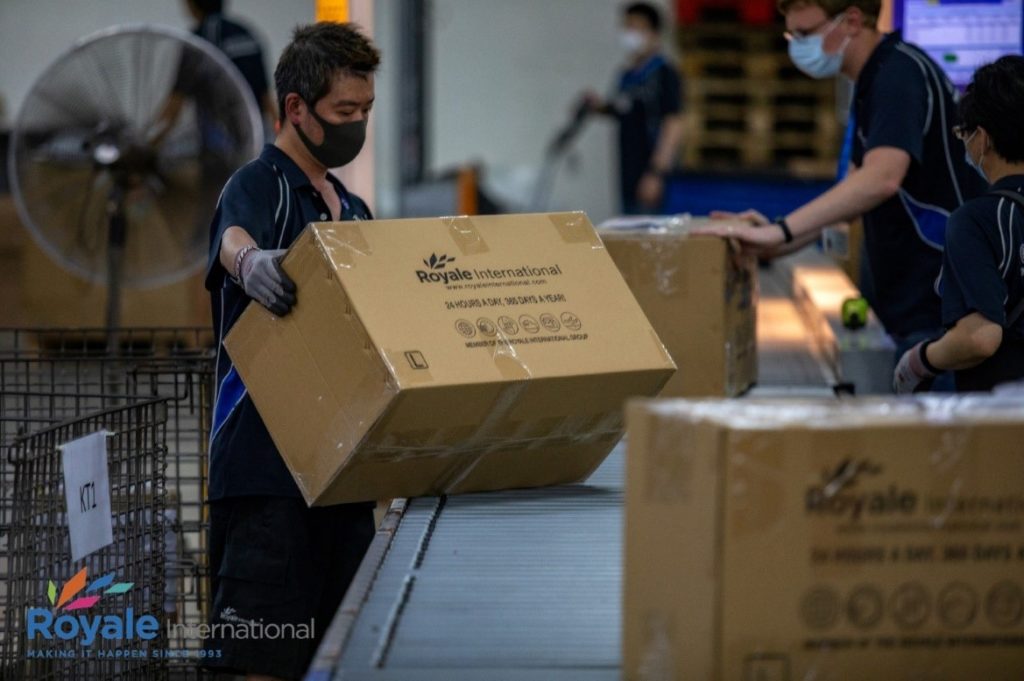Top Tips to Avoid Late Deliveries

One of the truly unsatisfying things after placing an order is a late delivery. The major causes for late deliveries are improper customs documentation and shipping during peak season. These cause supply chain interruption and dysfunctional relationships between parties.
To avoid delays, manufacturers and retailers have to implement a holistic approach to secure the supply chain by ensuring proper customs documents and make preparation in advance.
Improper Customs Documentation
The most common reason for late deliveries is improper customs documentation. All shippers are required by law to complete customs paperwork in a precise and accurate manner. This ensures the Customs authorities can easily regulate prohibited inbound goods and measure imports and exports to and from a country. If shippers fail to do this, items can get held by customs, and fines and penalties can be imposed.
As shown in Figure 1, a large number of shippers (32%) has experienced customs delays because of incorrect or missing information on their customs invoice. Inaccurate HTS codes for commodity declarations (22%) and value & description discrepancies (21%) are two other common reasons.1

Additional errors include:
- Filling in the incorrect country of origin
- Filling in the incorrect currency code
- Filling in the incorrect address
- Not identifying whether the shipper or receiver paid T&D
- Not declaring shipment details such as the total of items, total
Peak Season Surge
Another reason for late deliveries is peak season shipping. Peak seasons contain New Year, Black Friday, Christmas, etc.
Businesses experience an upward trend near holidays due to the increased consumer activity. Fashion and apparel stores stated that the holiday season is the most profitable time of the entire year, making up over 25% of business’s annual profits. Also, an exponential growth of 49% was shown in E-commerce sales during the holidays of 2020, and the trend is expected to continue for the coming years.2 As a result, manufacturers have to produce more goods and deliver them to retailers before holidays, so that the end-use customers can purchase them to celebrate festivals and special occasions.
However, this leads to volume issues as orders have to reach the destinations at the same time. Overloading might also occur due to the crunch and potential chaos. Eventually, there will be significant delays for shipments.
How to Avoid Late Deliveries?
1. Ensure Proper Customs Documentation
When manufacturers send shipments to retailers from one country to another, they have to fill in proper customs documentation. Here are the 4 rules on customs invoices (or Airway Bill):
- Ensure correct spelling of words
- Give clear and accurate descriptions
- Provide detailed information
If the given information is not equal to the shipment, it may get stuck in customs, causing delays, extra fines and penalties.
Apart from that, the required customs documentation information can differ depending on the destination of the shipment. Shippers can make an enquiry to our professional staff if they have any questions. All these implementations can reduce the chances of having late deliveries.
2. Make Preparation in Advance
During peak seasons the number of shipment orders increases drastically as people shop more during these periods. Retailers can follow these steps to reduce supply chain interruptions.
- Plan ahead – Manufacturers and retailers can forecast stock levels (SKU) and inventory, after which they can plan to ship before holidays.
- Increased communication between manufacturers and retailers – Manufacturers and retailers should work together to produce goods before deadlines.
- Partner with an experienced third-party logistics company – Partnering with an experienced logistics provider increases the chances of on-time deliveries during peak seasons. Due to their peak season experience, they have a thorough understanding of what’s required during this period.
Lastly, businesses have to start getting ready for peak shipping season by ensuring proper customs documentation and making preparation in advance. This turns out that the supply chain interruptions can be minimized and customer expectations can be met.
Click here to visit our Courier Service now!
Click here to learn three factors to consider for courier deliveries!
[1] Preferred Shipping Inc (2021). ‘What are the most common delays in customs?’.
[2] Zhenhub (2021). ‘4 Peak Shipping Season Challenges and what you can do about them?’.


